(1164 products available)
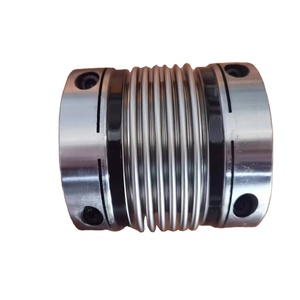





































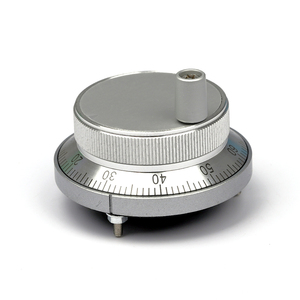

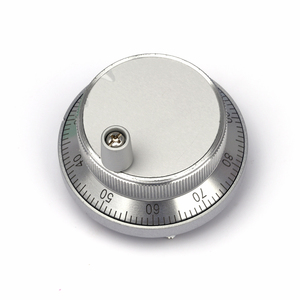


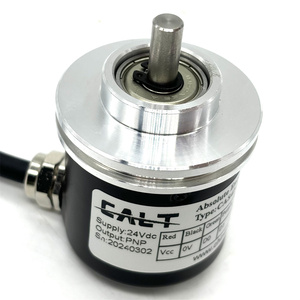





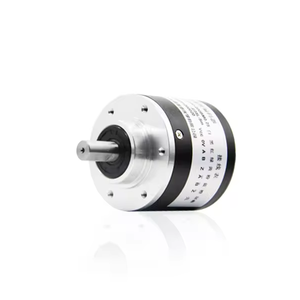














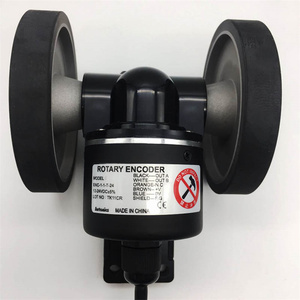








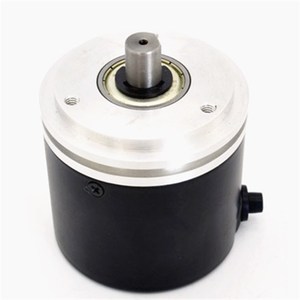






























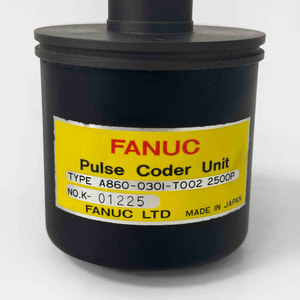


































































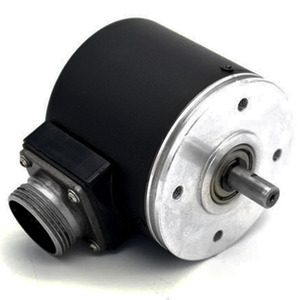

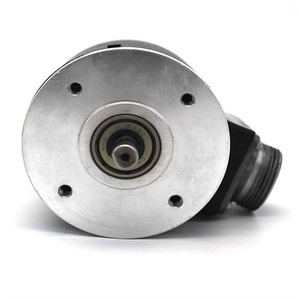

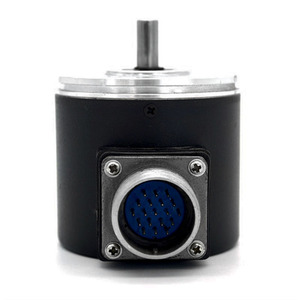






The CNC encoder is a critical component of the CNC machine and tooling system. Its job is to monitor the position, speed, and acceleration of the machines. There are two key ways that these encoders' functions are achieved.
The two most crucial specifications of machine tool encoders are the resolution and the output signal type.
Resolution:
The resolution of the CNC encoder refers to the number of equally spaced positions it can sense as the machine part moves. For instance, an encoder with a 1000 PPR (pulses per revolution) tells that it will produce 1000 distinct pulses for one complete turn of the shaft. More pulses or higher PPR will give a CNC machine greater positional accuracy and finer movement control. However, the encoder's resolution needs to match the CNC machine's requirements for precision and the control system.
Output Signal Type:
Optical and magnetic encoders are two types of CNC machine tool encoders that generally provide similar types of output signals. The control system can read the signals. An incremental encoder gives off a sine or square wave signal. It tells the speed and direction of movement. A commutation encoder can be incremental or absolute. It uses a square wave signal with different voltage levels for distance measurement. An absolute encoder gives a unique digital code for every position. It can be single-turn (position within one turn) or multi-turn (position over many turns). Absolute encoders are generally more precise than incremental ones.
Machine tool encoder maintenance is vital for their accurate and dependable performance. Regular inspection and cleaning are the two most common maintenance practices.
Inspection:
It's essential to check the encoder regularly for wear, damage, or looseness. Looking for signs of physical damage, like scratches, impact, or bent parts, is crucial. The encoder's cable and connector should also be inspected to ensure no fraying, corrosion, or disconnection. An incremental encoder usually has a cover that needs to be removed for inspection. Trying to find and fix issues right away can stop small problems from becoming big ones and ensure the encoder works well.
Cleaning:
Cleaning the encoder shaft and disk is part of the encoder maintenance process. Dust, debris, and oil must all be removed. Cleaning supplies that are soft and lint-free must be used to avoid damaging sensitive components. As part of the cleaning process, solvent products that evaporate quickly can be used.
To lengthen their life and improve their performance, encoders may also be lubricated after cleaning. It's crucial to follow the manufacturer's instructions and use the suggested lubricant and quantity.
The primary function of CNC encoders is to provide feedback on the position, speed, and direction of rotating parts of a CNC machine. However, they are also used in other machines and applications, as discussed below.
CNC machining
These devices are integral to CNC machines themselves. They provide feedback on motor rotation and spindle position. This information helps the control system to know the accurate position of cutting tools and ensures precise cuts.
Robotics
CNC encoders can be used in robotic arms that are controlled by a computer. Such encoders help to control the joint angles precisely and provide feedback for joint positioning and arm speed.
Robotic arms are generally used in automated factories and assembly lines. If the encoder's role was to precisely position a joint, the factory or assembly line would, of course, have to be automated.
Industrial automation
Encoder CNC machines, mainly servo encoders, may be applied to other automation systems. Examples include material handling, packaging, and assembly applications.
The automation system encoded by the servo generally provides an automated solution for the material handling and packaging, etc. systems, allowing for the realization of high speed, high precision, and efficiency.
3D printing
Generally, a 3D printer encoder can detect the position and movement of the printer's axes. This helps to ensure accurate prints and control the speed of the driving motor.
By tracking the motor's movements, 3D CNC encoders can help achieve more precise and higher-quality printing, as well as facilitate the smooth and accurate motion control of the 3D printer.
Textile machinery
An encoder in textile machinery typically applies to spinning frames, looms, and marking machines, among other things. It may monitor motor speed and the position of parts like weft spindles and cloth rollers to ensure accurate textile operations.
The precise control of position and speed achieved by the encoders enables stable operation and high efficiency in the whole textile process.
When shopping for CNC machine encoders, buyers should consider several factors. First, they should evaluate the encoder's compatibility with their machines. They need to ascertain whether the encoder can work with the existing software, hardware, and control system.
Moreover, they should determine and select the appropriate resolution and accuracy for their applications. If users' machines require high-precision tasks, they may need to choose encoders with higher resolutions and accuracy.
Additionally, buyers should consider the encoder's physical and electrical specifications. For instance, they should consider the encoder shaft size and coupling requirements to ensure a proper fit with their existing machinery. They should also check the power supply requirements and signal output type to ensure compatibility with their control systems.
More importantly, buyers should select durable CNC encoders designed to withstand harsh environmental conditions. Such conditions may include exposure to moisture, dust, or extreme temperatures. Buyers may also opt for industrial-grade encoders built to withstand heavy use and demanding applications.
Buyers may also want to choose encoders with features or additional functions that enhance performance and productivity. Such features may include zero or index pulse, multitturn capabilities, and tamper-proof design. Furthermore, buyers should consider the installation and setup process of the encoder. They should ensure that the encoder can be easily installed and set up in their existing machines and systems.
Q: Which materials are used in CNC machine tools?
A: Depending on the toughness and strength requirement, CNC machine tool construction primarily uses carbon steel, stainless steel, and aluminum alloy. The blades are composed entirely of high-speed steel or hardened steel to withstand prolonged usage without wear.
Q: What exactly is a 3D CNC machine?
A: A CNC 3D machine creates three-dimensional items by precisely cutting and forming various materials. Typically, it employs block or sheet material and carves out the form of the desired item.
Q: What are the challenges posed by CNC machines?
A: The costly maintenance of CNC machines is a significant problem for manufacturers. Furthermore, the power consumption of a single machine can be as high as that of 20 to 30 human beings operating standard lathes.
Q: What are some benefits of using CNC in machining?
A: Using CNC in machining improves production rate and accuracy and lowers labor expenses. Products are manufactured with a high degree of uniformity and accuracy.